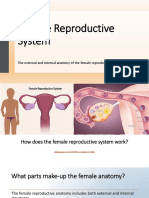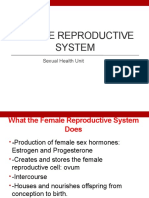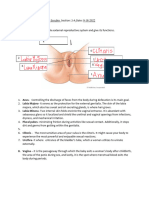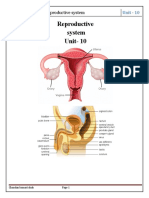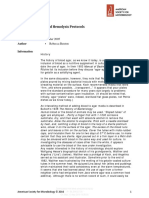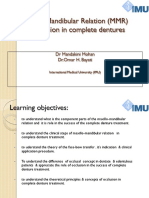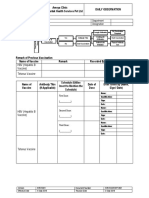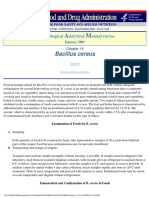0% found this document useful (0 votes)
38 views4 pagesFemale Reproductive System Assignment
The document is an assignment on the female reproductive system for a B.Sc. Nursing course, detailing its anatomy, physiology, and clinical relevance. It covers the main components, including external and internal genitalia, their functions, blood supply, and common reproductive health issues. Understanding this system is essential for nursing students and healthcare providers in obstetrics and gynecology.
Uploaded by
shanegonsalves2004Copyright
© © All Rights Reserved
We take content rights seriously. If you suspect this is your content, claim it here.
Available Formats
Download as DOCX, PDF, TXT or read online on Scribd
0% found this document useful (0 votes)
38 views4 pagesFemale Reproductive System Assignment
The document is an assignment on the female reproductive system for a B.Sc. Nursing course, detailing its anatomy, physiology, and clinical relevance. It covers the main components, including external and internal genitalia, their functions, blood supply, and common reproductive health issues. Understanding this system is essential for nursing students and healthcare providers in obstetrics and gynecology.
Uploaded by
shanegonsalves2004Copyright
© © All Rights Reserved
We take content rights seriously. If you suspect this is your content, claim it here.
Available Formats
Download as DOCX, PDF, TXT or read online on Scribd
/ 4



































